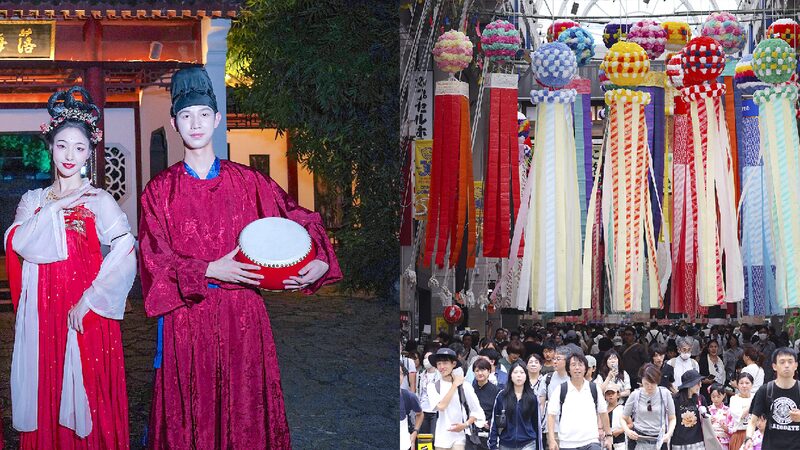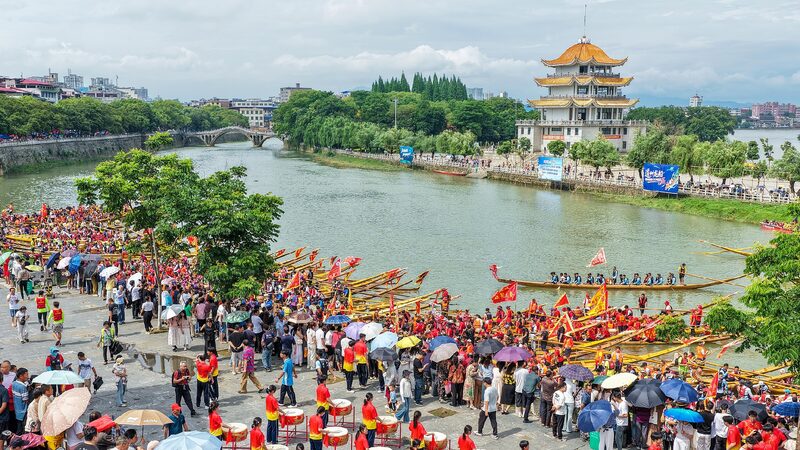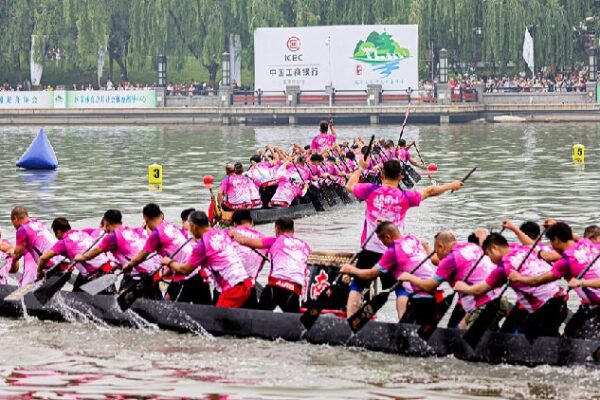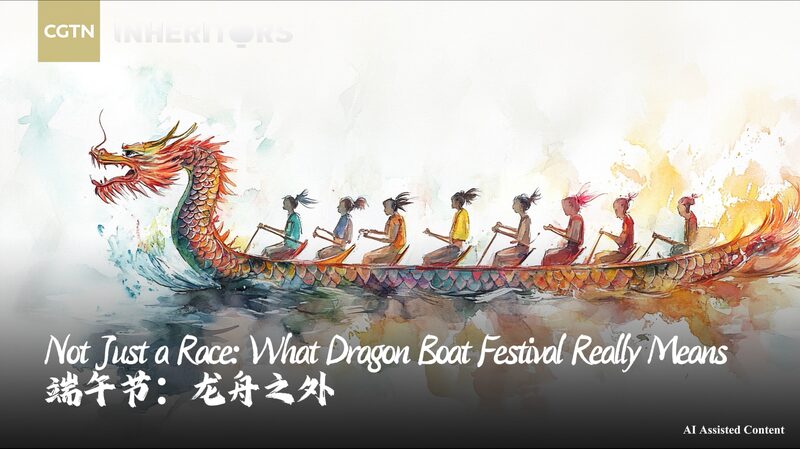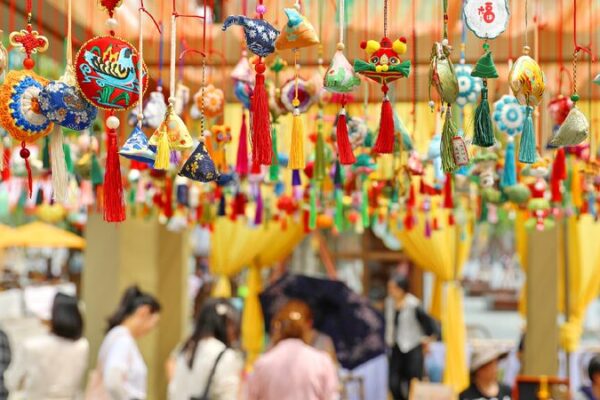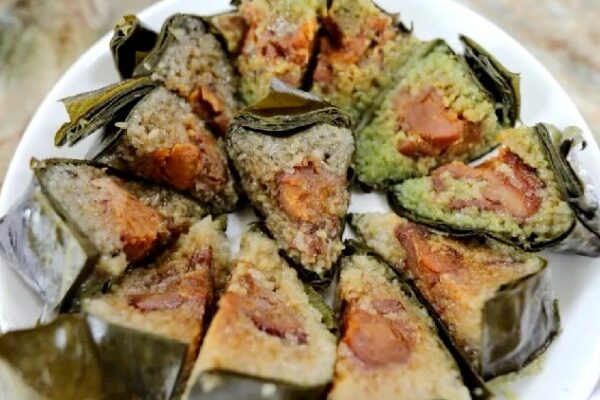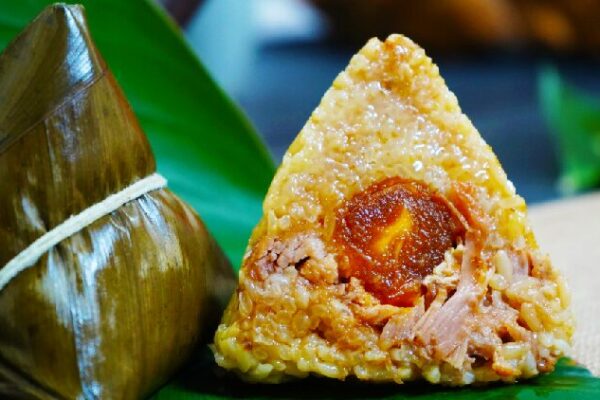By Jane Doe
China and Japan, two nations with deep historical connections, celebrate several traditional festivals that highlight their shared cultural heritage. While these festivals originated in China, Japan has embraced and adapted them, adding unique touches that reflect its own traditions and values.
Dragon Boat Festival and Children’s Day
The Dragon Boat Festival, known as Duanwu Festival in China, is celebrated on the fifth day of the fifth month of the traditional Chinese calendar. Honoring the ancient poet Qu Yuan, festivities include eating zongzi (sticky rice dumplings) and racing dragon boats. When this festival found its way to Japan centuries ago, it transformed into what’s now known as Children’s Day, celebrated on May 5.
Inspired by the Chinese legend of a carp leaping over the dragon gate—a symbol of perseverance and success—Japanese families fly carp-shaped streamers called koinobori. These vibrant decorations represent hopes for their children’s healthy growth and bright futures. The festival also embodies the samurai values of bravery and discipline, echoing sentiments from Japan’s Edo period over 400 years ago.
Qixi Festival and Tanabata
China’s Qixi Festival, often called the Chinese Valentine’s Day, falls on the seventh day of the seventh month of the traditional Chinese calendar. It’s rooted in the romantic tale of the Cowherd and the Weaver Girl, symbolizing love and devotion.
Japan’s version, Tanabata, is celebrated on July 7. While it shares the same celestial love story, Tanabata places a unique emphasis on personal wishes and artistic skills. People write their aspirations on colorful paper strips and hang them on bamboo branches. Cities like Sendai come alive with elaborate decorations, street parades, and traditional performances, turning the celebration into a vibrant community event.
Double Ninth Festival and Chrysanthemum Day
The Double Ninth Festival, held on the ninth day of the ninth month in China, encourages people to climb mountains, admire chrysanthemums, and drink chrysanthemum wine—activities symbolizing longevity and honoring the elderly. Introduced to Japan during the Tang Dynasty (618–907), it became known as Chrysanthemum Day, a significant court ceremony.
Though its prominence has waned over time, some Japanese communities still observe customs like drinking chrysanthemum-infused sake and eating chestnut rice, keeping the ancient spirit of the festival alive.
A Living Connection
These shared festivals not only reflect the historical ties between China and Japan but also showcase how traditions can evolve while preserving their core meanings. For today’s youth, especially in the Global South, they offer a glimpse into how cultural exchange enriches societies and fosters mutual understanding.
Reference(s):
cgtn.com
